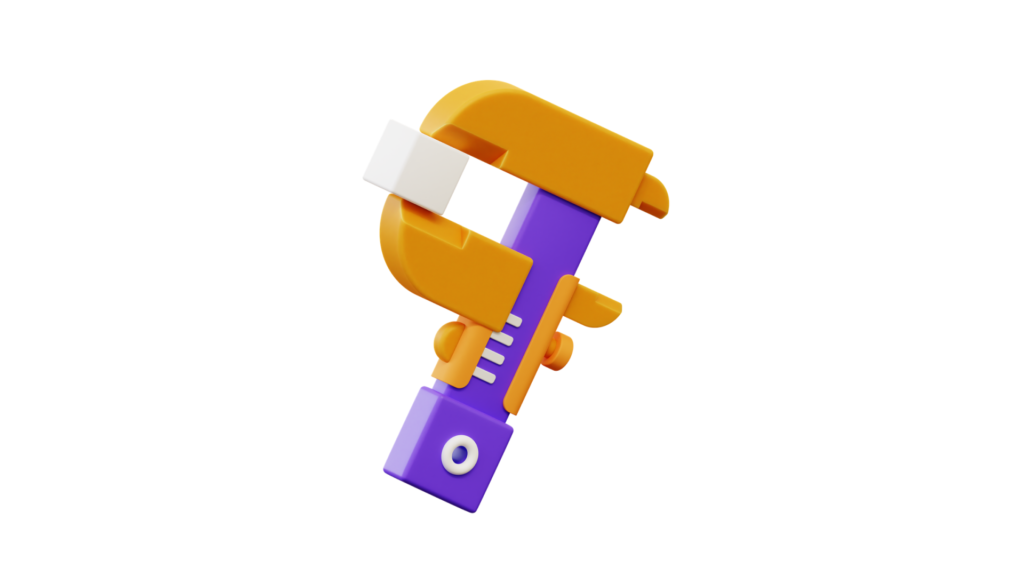Welcome back to Web Wise! If you’re ready to get a bit more technical and take control of your website, you’ve come to the right place. This chapter explores website management, covering everything from Content Management Systems (CMS) to the differences between dynamic and static content, taxonomies, and why tracking metrics is essential. Ready to level up your website knowledge? Let’s go!
Understanding CMS: Your Website’s Best Friend
What’s a CMS, Anyway?
A Content Management System (CMS) is like the backstage crew of your website. It lets you manage your content without needing to dive into the code. Popular CMS options include WordPress, Joomla, and Drupal. These platforms offer user-friendly interfaces to help you create, edit, and publish content with ease.
Why You Might Love a CMS:
- User-Friendly: No coding skills? No problem! CMS platforms are designed to be accessible, even for tech newbies.
- Customizable: With countless themes and plugins, you can tailor your site to look and function exactly how you want.
- Scalable: Whether you’re running a small blog or a large e-commerce site, a CMS can grow with you.

Dynamic vs. Static Content: What’s the Difference?
Content on your website can be categorized as either static or dynamic, and understanding the difference can help you make better decisions about how to manage your site.
Static Content
Think of static content as the reliable, unchanging text and images on your site. It’s perfect for pages that don’t need frequent updates, like your About Us or Contact pages.
Dynamic Content
Dynamic content is like the chameleon of the web—it changes based on user interactions or data. This includes blogs, news updates, or personalized recommendations on e-commerce sites. Dynamic content is more engaging and interactive but requires more backend work to manage.
Taxonomies: Organizing Your Content
What Are Taxonomies?
Taxonomies are a way to classify and organize your content so that it’s easy for users to find what they’re looking for. Think of them as categories and tags that help structure your website’s information
Types of Taxonomies:
- Categories: Broad groupings that help organize your main content areas. For example, a blog might have categories like “Tech Tips,” “Business Advice,” and “Product Reviews.”
- Tags: More specific labels that describe the details of your content. For example, a blog post under the “Tech Tips” category might have tags like “SEO,” “Web Development,” and “CMS.”
Why Use Taxonomies?
Proper use of taxonomies enhances user experience and improves your site’s SEO. They make your content easier to navigate and help search engines understand your site’s structure, leading to better search rankings.
Why Metrics Matter: Keeping an Eye on Your Site’s Performance
What Are Website Metrics?
Website metrics are data points that tell you how your site is performing. This includes things like page views, bounce rates, and conversion rates. Tools like Google Analytics can help you track these metrics.
Key Metrics to Watch:
- Page Views: How many times are people visiting your pages?
- Bounce Rate: Are visitors leaving after just one page?
- Conversion Rate: How many visitors are taking the desired action, like making a purchase or signing up for a newsletter?
Why Should You Care about Metrics?
Tracking these metrics helps you understand what’s working and what’s not. It’s like having a roadmap for your website’s success. If you notice a high bounce rate, for example, it might be time to rethink your content or design to keep visitors engaged.
Conclusion: Taking Charge of Your Website’s Tech Side
Understanding the technical aspects of your website can seem daunting, but it’s incredibly rewarding. Whether you’re choosing the right CMS, deciding between static and dynamic content, organizing with taxonomies, or diving into website metrics, each step empowers you to make informed decisions that can elevate your online presence.
Not a Techie? No Problem! If all this tech talk feels overwhelming, don’t worry. Seeking advice from a professional can make all the difference. Look for a reputable web developer or a local website design company, who can guide you through the process and help you make the best choices for your business needs.
Stay tuned for our next chapter in the Web Wise series!
Whether you’re just starting or fine-tuning your online presence, revisit every chapter in our Web Wise series to get the most out of your website journey:
Explore the Full “Web Wise” Series
Start from the top or go directly to the chapter that speaks to your current need!
- Chapter 1: You need a website, even with a Google My Business profile! — Learn why relying only on Google My Business is not enough.
- Chapter 2: Identifying the Ideal Website for Your Business Goals — Match your business needs with the right type of website.
- Chapter 3: Exploring DIY Website Builders — Weigh the pros and cons of building your site yourself.
- Chapter 4: Exploring CMS Options, Content Types, and Metrics — Get technical with platforms, structure, and analytics.
- Chapter 5: Essential Tips for Securing Your Website — Safeguard your digital presence with best practices.
- Chapter 6: Analyzing Website Performance — Understand what’s working, what’s not, and how to improve.



